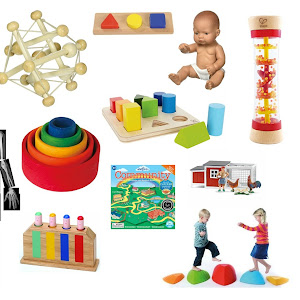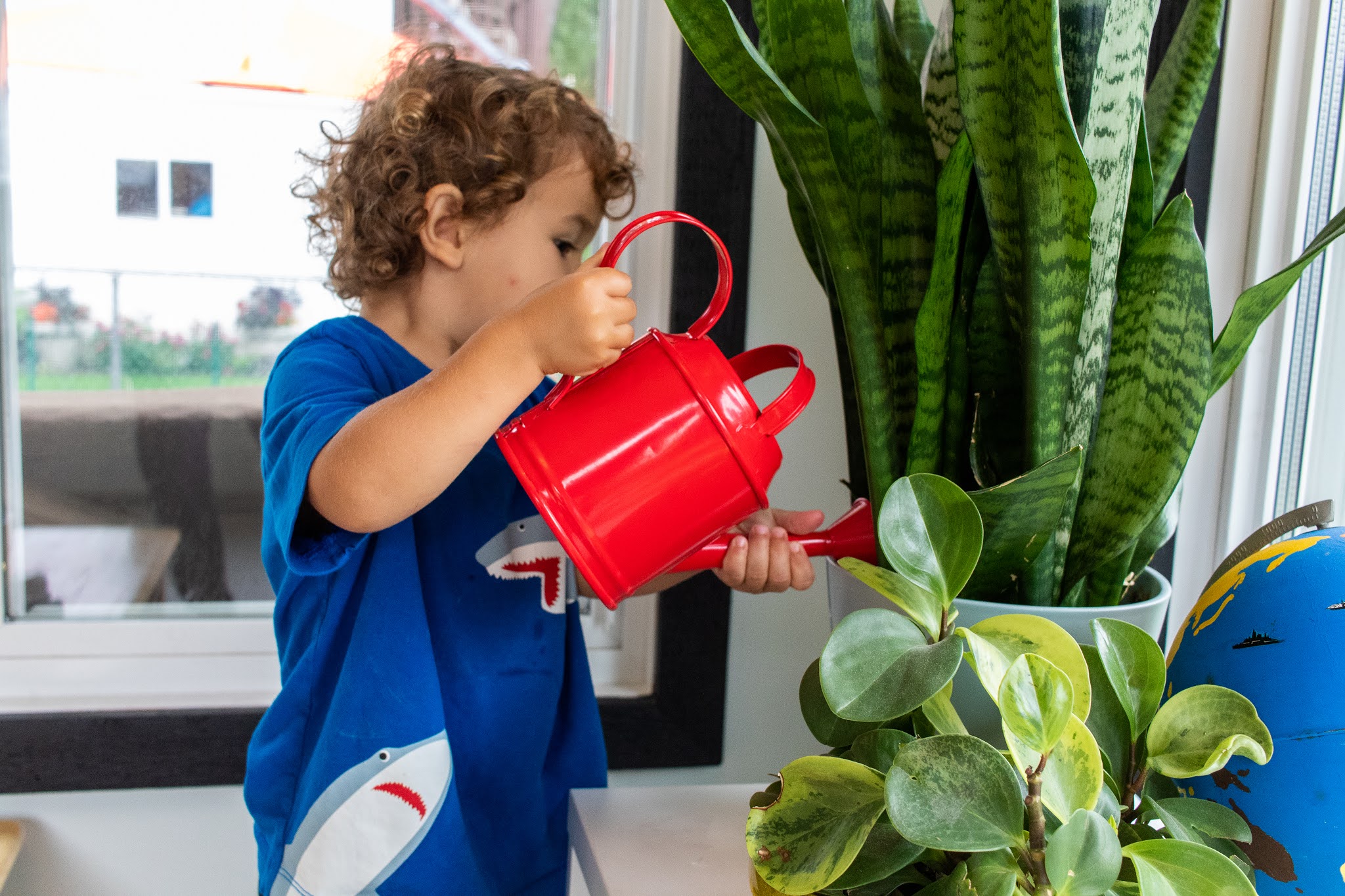Little kids love practical work! At 3-years-old, Gus is no exception. If we can make work for him that is real and practical, he will engage over and over again. Recently, I introduced some new Montessori sandpaper work for him that has been a huge hit. It's been a great introduction to wood working, and I'm guessing it will lead to some other work with real tools soon. I love this simple Montessori preschool activity because it is great for helping preschoolers to learn to follow a sequence, involves left to right movement, and provides some great sensory input. Montessori Preschool Activity: Sandpaper Block This work was super easy to put together. I included: a tray a piece of scrap wood a variety of small pieces of sandpaper small work googles To present this work, I first introduced the sandpaper. I showed how each was made of a rough and smooth side, we felt the different textures, and talked about how each texture worked. Then, I showed Gus the motion of ...


















